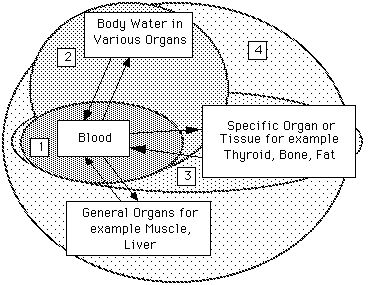
Diagram 18.2.1 Representing Various Volumes Distribution Patterns
return to the Course index
previous | next
1) The drug may remain largely within the vascular system. Plasma substitutes such as dextran are an example of this type, but drugs which are strongly bound to plasma protein may also approach this pattern.
2) Some low molecular weight water soluble compounds such as ethanol and a few sulfonamides become uniformly distributed throughout the body water.
3) A few drugs are concentrated specifically in one or more tissues that may or may not be the site of action. Iodine is concentrated by the thyroid gland. The antimalarial drug chloroquine may be present in the liver at concentrations 1000 times those present in plasma. Tetracycline is almost irreversibly bound to bone and developing teeth. Consequently tetracyclines should only be given to young children or infants in extreme conditions as it can cause discoloration and mottling of the developing second set of teeth. Another type of specific concentration may occur with highly lipid soluble compounds which distribute into fat tissue. Another example is the distribution of a bone scan agent, 99mTc-MDP. A normal scan shows accumulation in bone, at the injection site and 'maybe' in organs of elimination (Saha, 1984). Polychlorinated biphenyls, PCB, are highly lipid soluble and extensively distributed into fat tissue, maybe, with very little leaving these tissues. DDT, dicophane, which is also very lipid soluble has very restricted use. Remember Silent Spring by Rachel Carson, 1962.
4) Most drugs exhibit a non-uniform distribution in the body with variations that are largely determined by the ability to pass through membranes and their lipid/water solubility. The highest concentrations are often present in the kidney, liver, and intestine usually reflecting the amount of drug being excreted.
Pattern 4 is the most common being a combination of patterns 1, 2 and 3.

Diagram 18.2.1 Representing Various Volumes Distribution Patterns
| Drug | Liter/Kg | Liter/70 Kg |
|---|---|---|
| Chloroquine | 94 | 6600 |
| Nortriptyline | 20 | 1400 |
| Digoxin | 6.3 | 440 |
| Lidocaine | 1.5 | 110 |
| Theophylline | 0.45 | 32 |
| Tolbutamide | 0.12 | 8.4 |
A useful indicator of the type of pattern that characterizes a particular drug is the apparent volume of distribution.
A value of V in the region of 3-5 liter (in an adult) would be compatible with pattern 1. This is approximately the volume of plasma. Pattern two would be expected to produce a V value of 30 to 50 liter, corresponding to total body water. Agents or drugs exhibiting pattern 3 would exhibit very large values of V if the drug concentration effect was acting on most of the dose. Chloroquine has a V value of approximately 17,000 liter. Drugs following pattern 4 may have a V value within a wide range of values. These patterns of variation have been used to determine body fluid volumes.
| Fluid substances | Volume (liter) | Test |
|---|---|---|
| Extracellular Fluid | 19 | Inulin, thiosulfate |
| Plasma | 3 | Evans blue, I125 albumin |
| Interstitial fluids | 16 | |
| Intracellular fluids | 23 | |
| Total body water | 42 | Antipyrine, D2O, ethanol |
Material on this website should be used for Educational or Self-Study Purposes Only
Copyright © 2001 - 2025 David W. A. Bourne (david@boomer.org)
 | An iPhone app that allows the input of up to four locations (latitude and longitude) and provides the user's distance from each location |
|